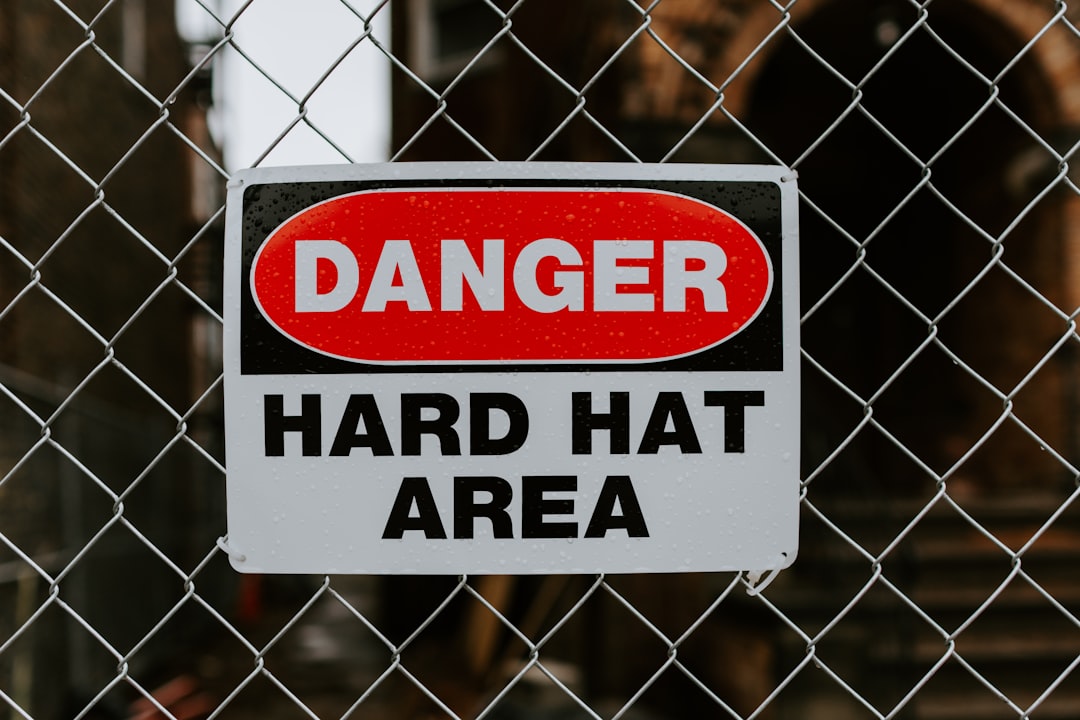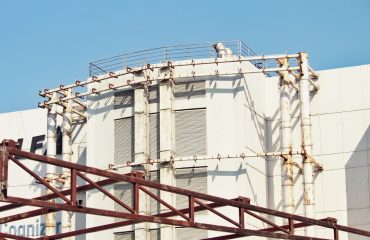body { font-family: sans-serif; line-height: 1.6; }
h1, h2, h3 { color: #333; }
h1 { font-size: 2.5em; }
h2 { font-size: 2em; }
h3 { font-size: 1.5em; }
p { margin-bottom: 1em; }
ul { list-style-type: disc; margin-left: 20px; }
High-pressure systems are essential in numerous industries, from oil and gas to chemical processing and manufacturing. While they offer significant advantages in efficiency and productivity, they also present considerable safety risks. A failure in a high-pressure system can lead to catastrophic consequences, including equipment damage, environmental pollution, and severe injuries or fatalities. This comprehensive guide explores crucial safety considerations for working with and managing these demanding systems.
1. Design and Engineering for Safety
The foundation of safety in high-pressure systems lies in robust design and engineering. This begins with careful material selection, ensuring components can withstand the extreme pressures and potential temperature fluctuations. Finite element analysis (FEA) and other sophisticated simulation techniques are crucial for predicting stress points and potential failure modes. Properly designed safety relief valves (SRVs) are paramount, providing a controlled release of pressure should the system exceed its operational limits. These valves must be regularly inspected and tested to ensure their functionality. Over-designing components, incorporating redundancy where appropriate, and using appropriate safety factors are vital to mitigate risks. Furthermore, detailed process hazard analyses (PHA) should be conducted to identify potential hazards and establish risk mitigation strategies. This includes considering potential scenarios like leaks, ruptures, and uncontrolled releases.
2. Operational Procedures and Training
Even the best-designed system requires meticulous operational procedures and well-trained personnel. Standard operating procedures (SOPs) must be developed and strictly adhered to, covering all aspects of system operation, from startup and shutdown to routine maintenance and emergency response. Operators should receive comprehensive training on the system’s functionality, potential hazards, and emergency procedures. Regular refresher training is essential to maintain proficiency and awareness of safety protocols. Lockout/Tagout (LOTO) procedures must be rigorously enforced to prevent accidental energization or startup during maintenance or repair. Clear communication channels and a well-defined emergency response plan are also critical components of safe operation.
3. Regular Inspection and Maintenance
Preventive maintenance is crucial for the longevity and safety of high-pressure systems. Regular inspections should be conducted according to a predetermined schedule, checking for corrosion, wear, and any signs of damage. Non-destructive testing (NDT) techniques, such as ultrasonic testing and radiographic inspection, can be employed to detect internal flaws that might not be visible to the naked eye. Scheduled maintenance should include replacing worn components, lubricating moving parts, and calibrating pressure gauges and safety relief valves. Maintaining accurate records of all inspections and maintenance activities is essential for tracking system performance and identifying potential problems before they escalate.
4. Emergency Response and Preparedness
Despite all precautions, accidents can still occur. A comprehensive emergency response plan is crucial to mitigate the consequences of a high-pressure system failure. This plan should include procedures for evacuating personnel, isolating the affected area, and contacting emergency services. Emergency shut-down procedures should be clearly defined and practiced regularly. Personnel should be trained in the use of appropriate personal protective equipment (PPE), including pressure suits, respirators, and eye protection. The plan should also address the potential environmental impact of a release, detailing procedures for containment and cleanup. Regular drills and simulations can help ensure that personnel are prepared to respond effectively in the event of an emergency.
5. Regulatory Compliance and Best Practices
Operating high-pressure systems requires strict adherence to relevant regulations and industry best practices. These regulations vary depending on location and industry, but generally cover aspects such as design standards, operational procedures, safety equipment, and emergency response. Staying informed about the latest regulations and best practices is essential for ensuring compliance and maintaining a safe working environment. Regular audits and inspections by regulatory bodies can help identify areas for improvement and ensure that safety protocols are being followed. Active participation in industry associations and attending safety conferences can provide valuable insights and best practices from other organizations.
By diligently addressing these safety considerations, industries can significantly reduce the risks associated with high-pressure systems. Remember, safety is not just a matter of compliance; it is a fundamental aspect of responsible operation and a commitment to protecting personnel, the environment, and company assets. A proactive approach to safety, encompassing careful planning, rigorous training, and ongoing vigilance, is essential for success in managing the inherent challenges of high-pressure technology.
SEO Tags:
- High-pressure safety
- High-pressure system safety
- Industrial safety
- Process safety management
- Pressure vessel safety




